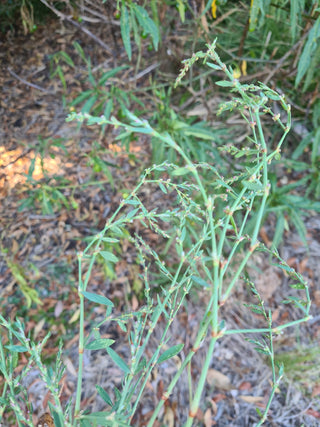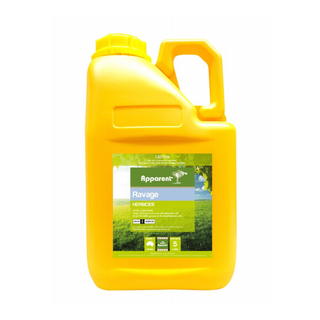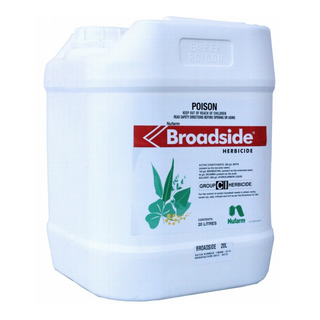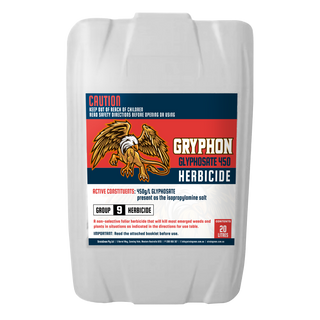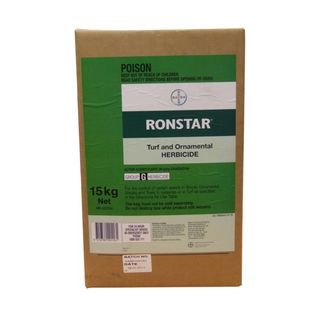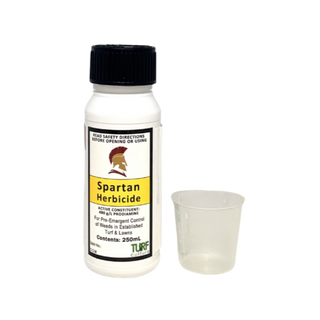Botanical name: Polygonum aviculare
Common Names
Hogweed, Knotweed, Prostrate Knotweed
Wireweed or Hogweed (Polygonum aviculare), a European annual weed of roadsides, disturbed and trampled ground, and tilled fields.
Usually presenting as a mostly prostrate clump, Wireweed’s tiny flowers are typically self-fertilised and can produce copious seed for the next generation. The species or species complex was distributed to temperate regions globally as a consequence of Spanish, French and British colonial networks, although one subspecies in North America has been identified as a possible indigenous or pre-colonial arrival (it had not been identified in European material).
Wireweed was reportedly a ‘troublesome’ weed in the vicinity of Perth by 1843 (Inquirer 22 Feb) It was formally recorded in Australian herbarium records from Adelaide in 1847, WA in 1848, and at Port Melbourne here in Victoria in 1850, although earlier collections may have been sent to Kew. In essence, although generally unrecognised as such at the time, this was one of a number of weed species whose first explosive arrival in the southern colonies of the 1840s and 1850s was a stark indicator of the rapid devastation of indigenous soils and vegetation under the grazing and trampling pressure of imported livestock.
SIMILAR SPECIES
Small Knotweed is similar in habit, but is a plant of drying lake beds and similar places. Its stems are often reddish, the lateral veins on the underside of the leaves are not visible, and the leaf-edges usually curl downwards.
SCENARIOS AND SOLUTIONS:
- In nurseries: use Dismiss, Ronstar, Spartan, Barricade.
- In lawns: use any of the recommended products.
- In garden beds: spot spray Apparent Ravage or Kamba M.
References:
https://weedsofmelbourne.org/wireweed-or-hogweed-polygonum-aviculare
https://www.castlemaineflora.org.au/pic/p/polyg/poavi.htm
Wireweed photo courtesy of Shayne (Atlas of Living Australia)


